Looking for a switch that provides many POE ports for e.g. access points and at the same time has SFP inserts for fiber optic lines and most important is fanless, I came across the Mikrotik Netpower 16P. Here is a short experience report.
Actually, the Mirkrotik Netpower 16P is an outdoor device, which is why it relies on a passive cooling system. Can the actual device be removed from the outdoor case to save some space? The switch is very easy to unscrew and it is noticeable that it is well manufactured, but unfortunately the Netpower 16P is not a “device in an outdoor case”, but it has been specially designed as an outdoor device. One heat sink is screwed directly to the board, the other only to the case.
So there is no chance to operate the device outside of the case.
I do not find that particularly disturbing after the first hands-on. Nevertheless, the switch is quite compact. It is thicker than a 19″ 1 Rack Unit high device but much narrower.
Actually, the device should be operated horizontally to supply both heat sinks with air. Wall mounting is possible and Mikrotik supplies clamps to hang the device on a pole.
The heat generation with 4 POE devices is okay, although the switch lays on one of the heat sinks and is poorly ventilated. I want to slowly approach whether the device can also be operated in a small unventilated cabinet.
The temperature and also port statistics can be monitored in a monitoring system via MIBs provided by Mikrotik.
Please note that the Netpower 16P passes the voltage of the power supply directly to the POE ports. So you have to know in advance how much voltage your devices should get. A mixed operation is not possible. I use the original 48V power supply with 70W to operate 48V POE UniFi access points.
The optional bootable SwitchOS has a simple web interface that is easy to use. There is not much to say.
I am so far satisfied for private use. The switch runs quiet (also no coil whining), the SFP port makes my uplink and with 16 POE ports can also supply other devices directly with power in the future. What I am missing is a monitoring of the total power consumption of the whole Mikrotik Netpower P16. Only the POE ports provide information about the power output of the respective port but not via SNMP monitoring but only in the web interface.
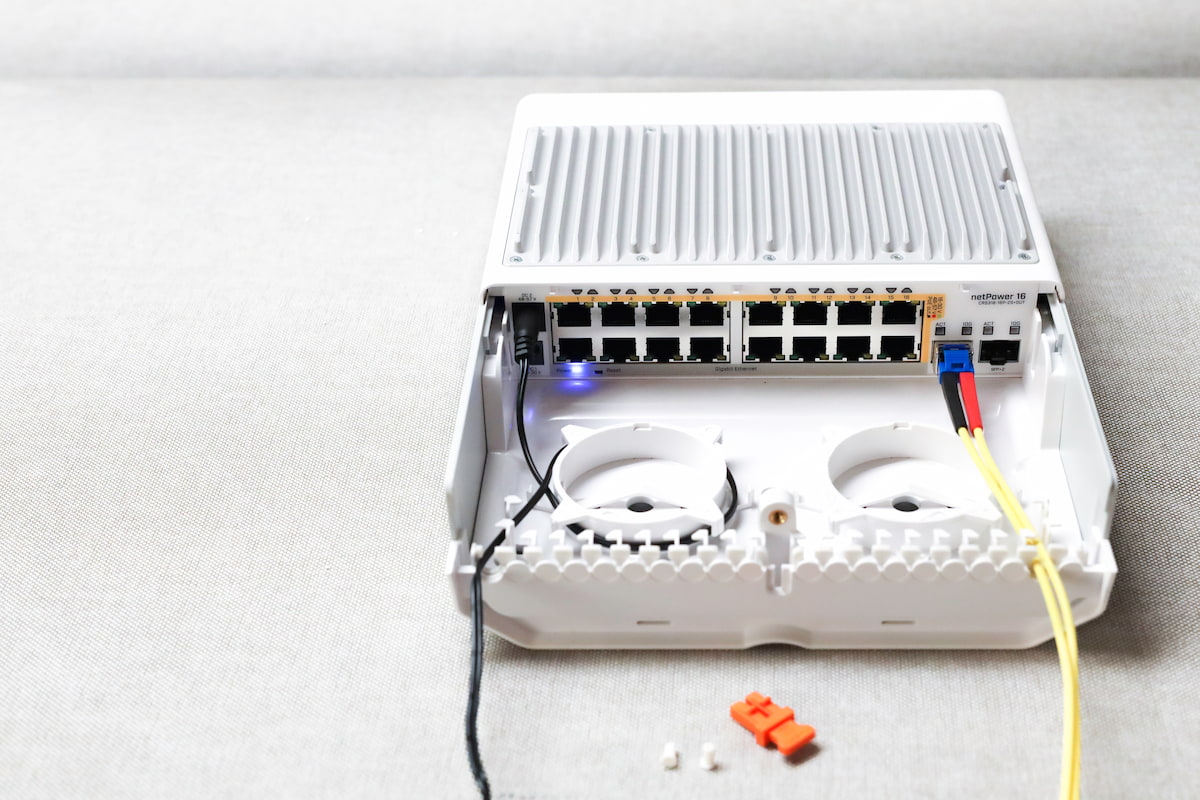
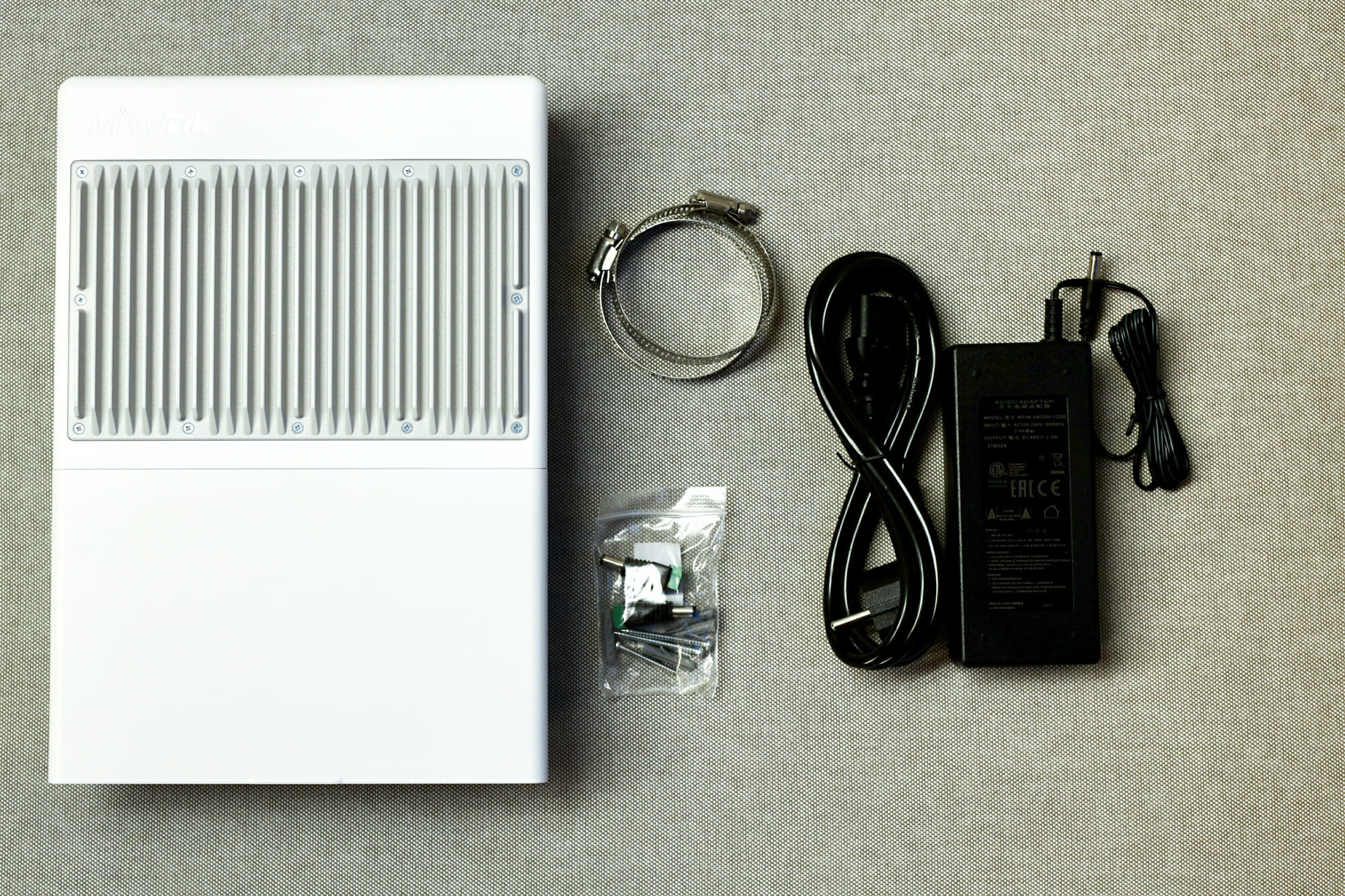
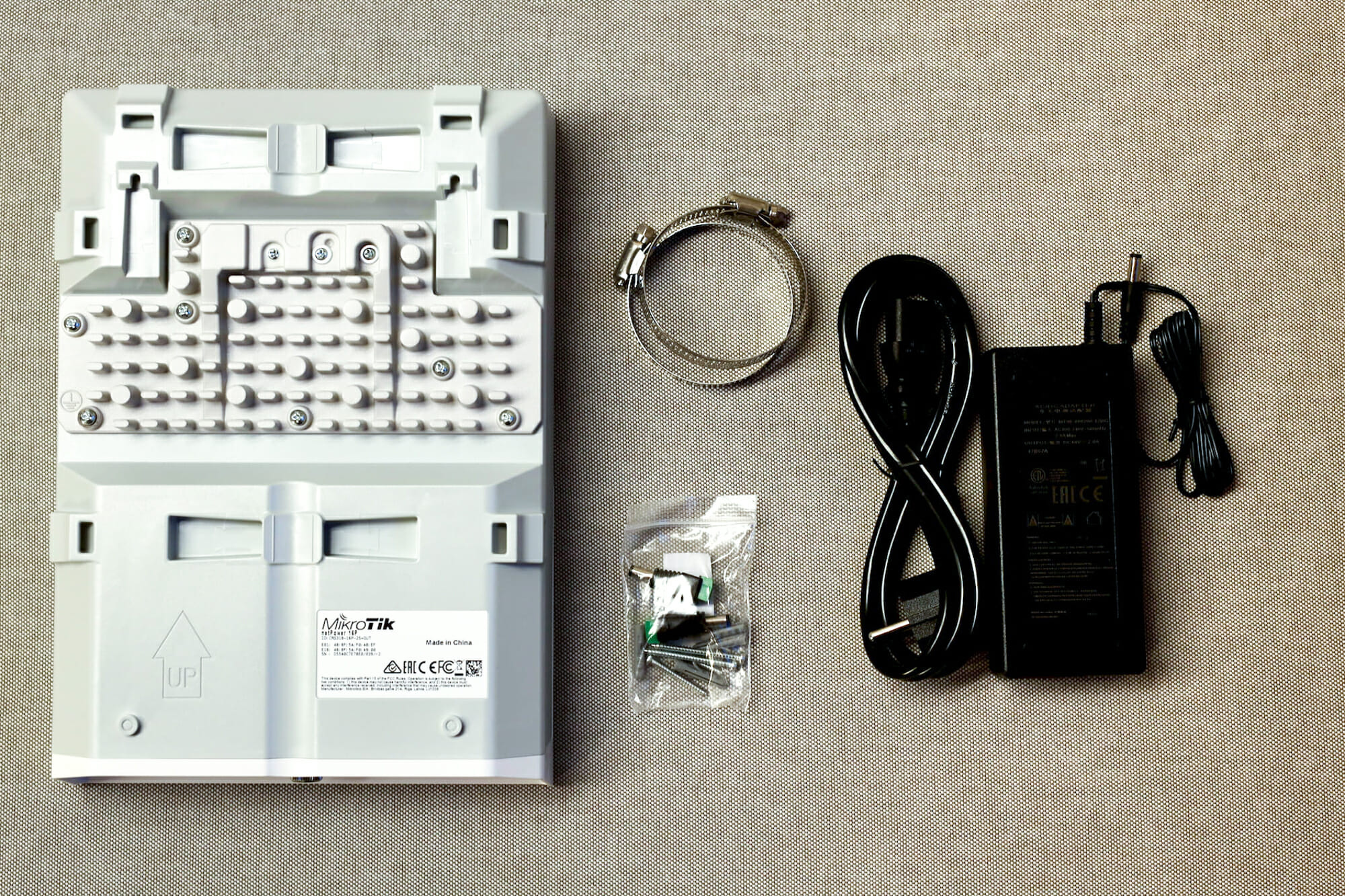
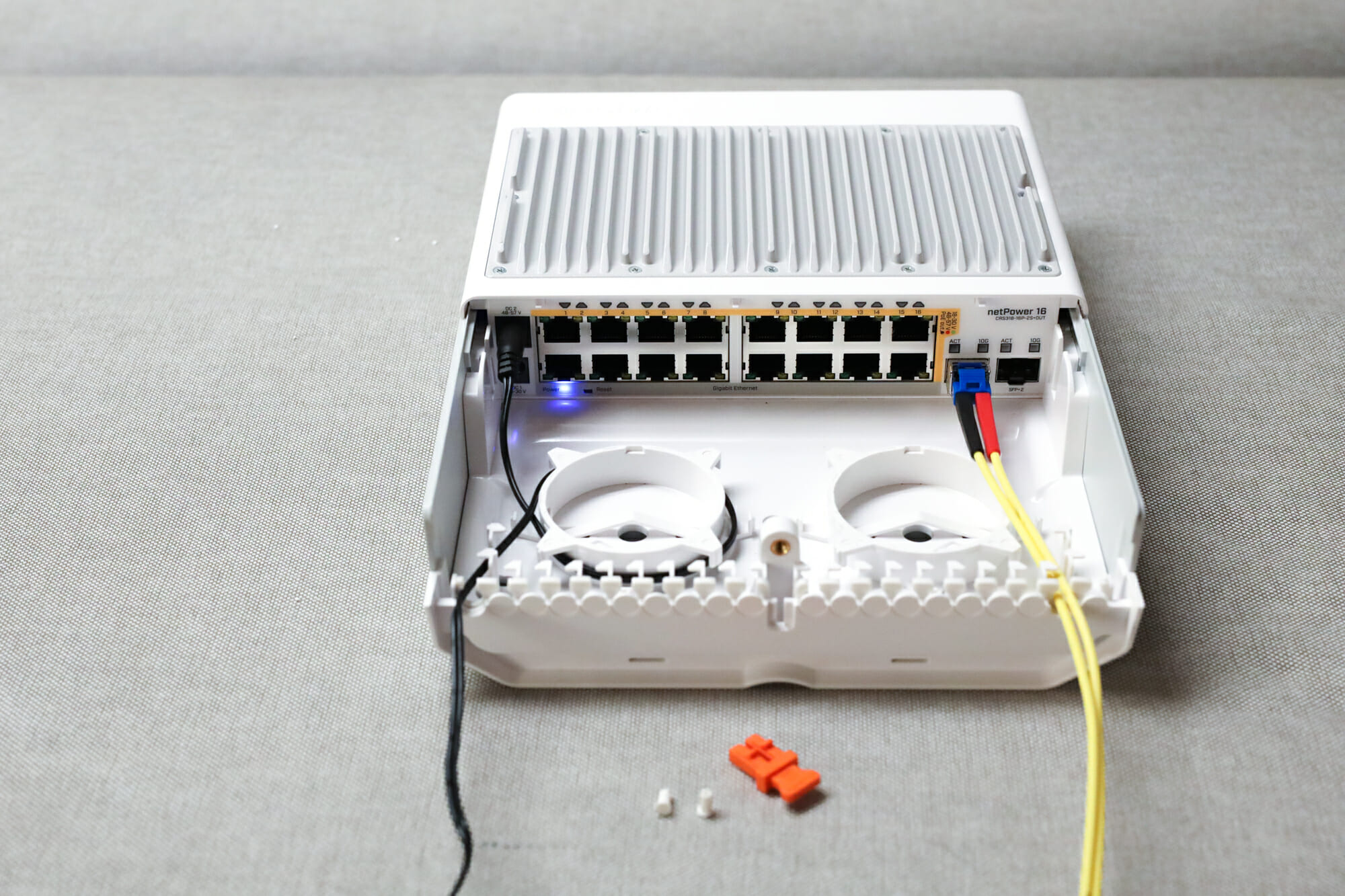
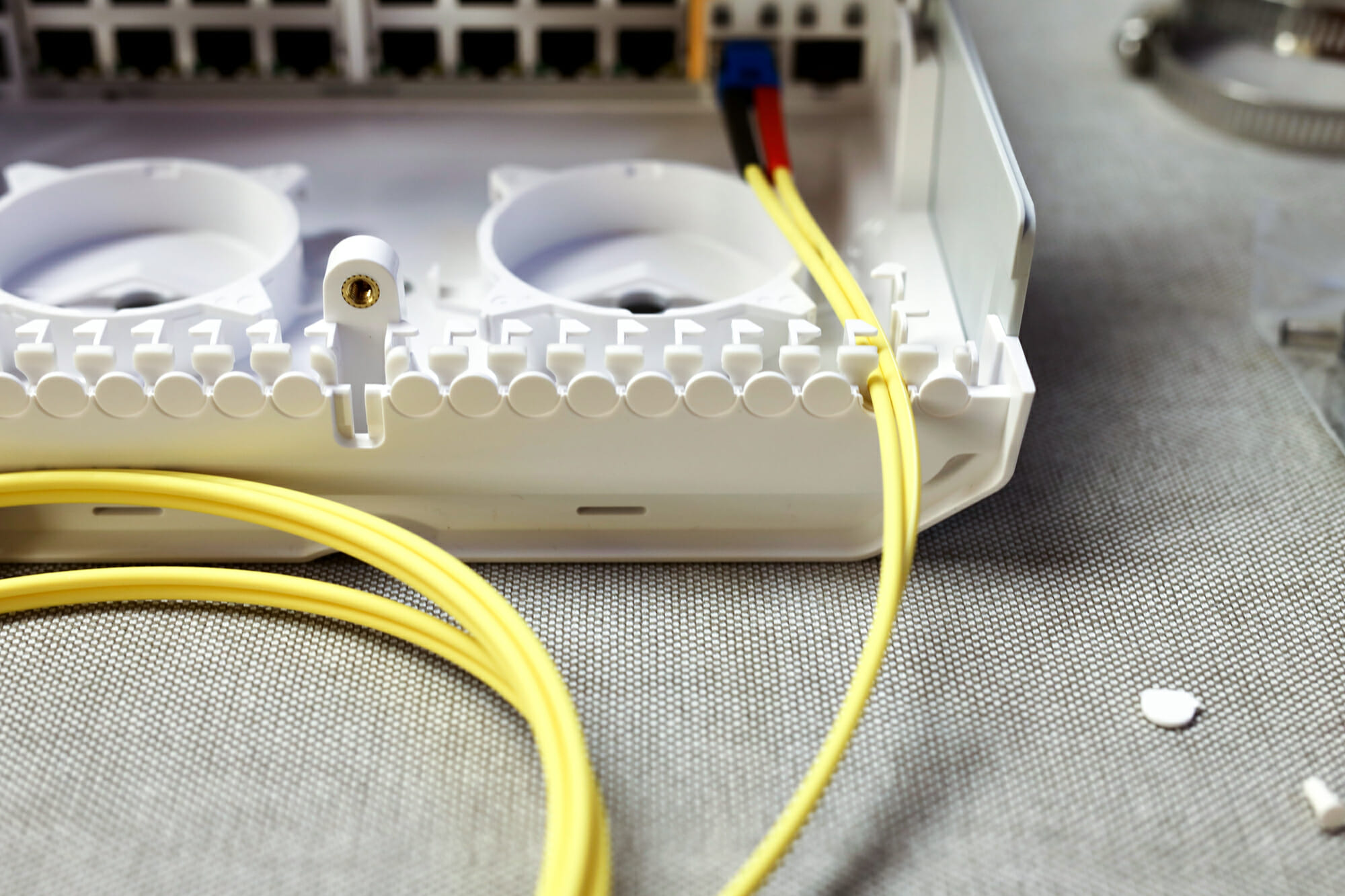
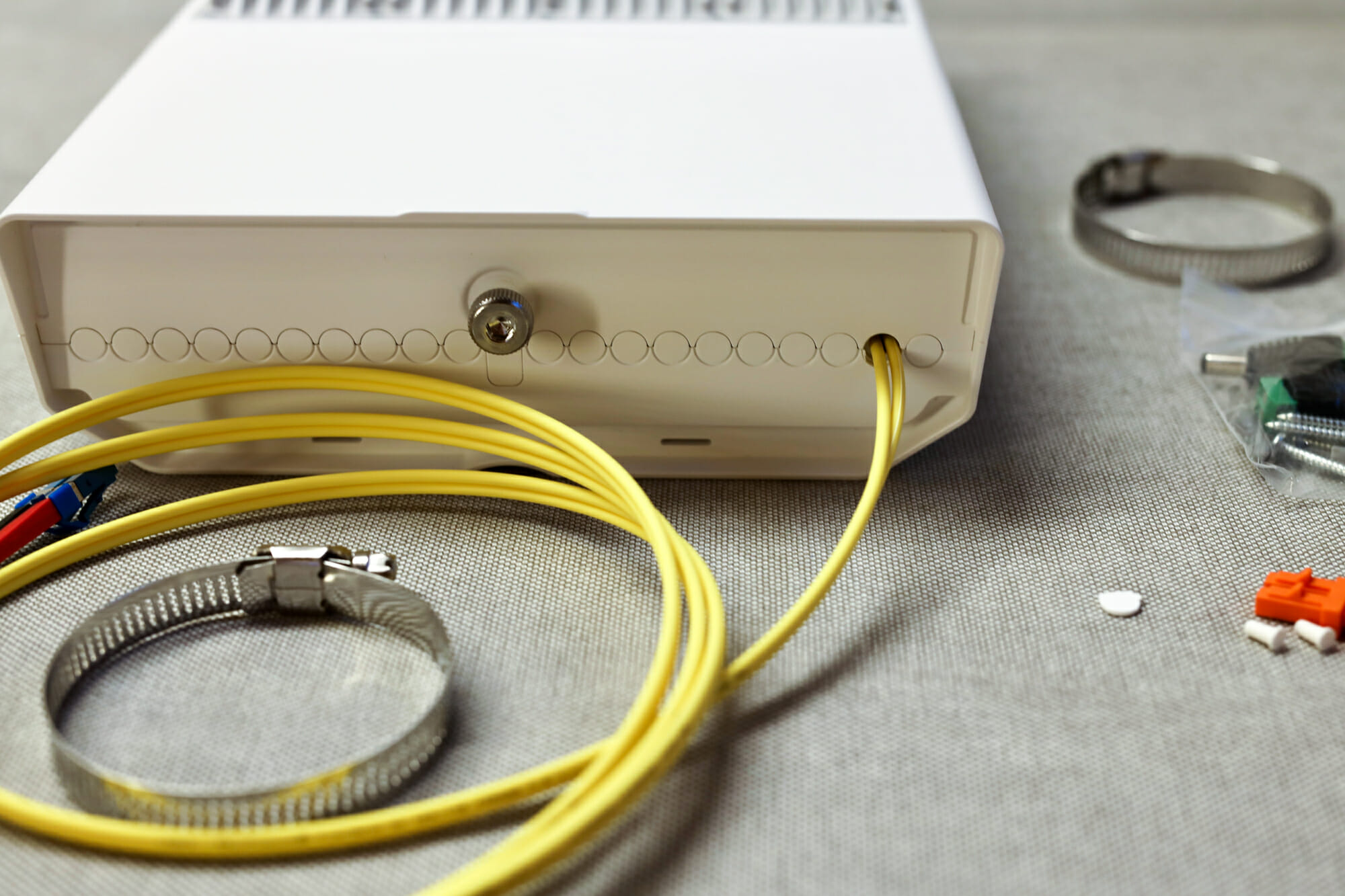
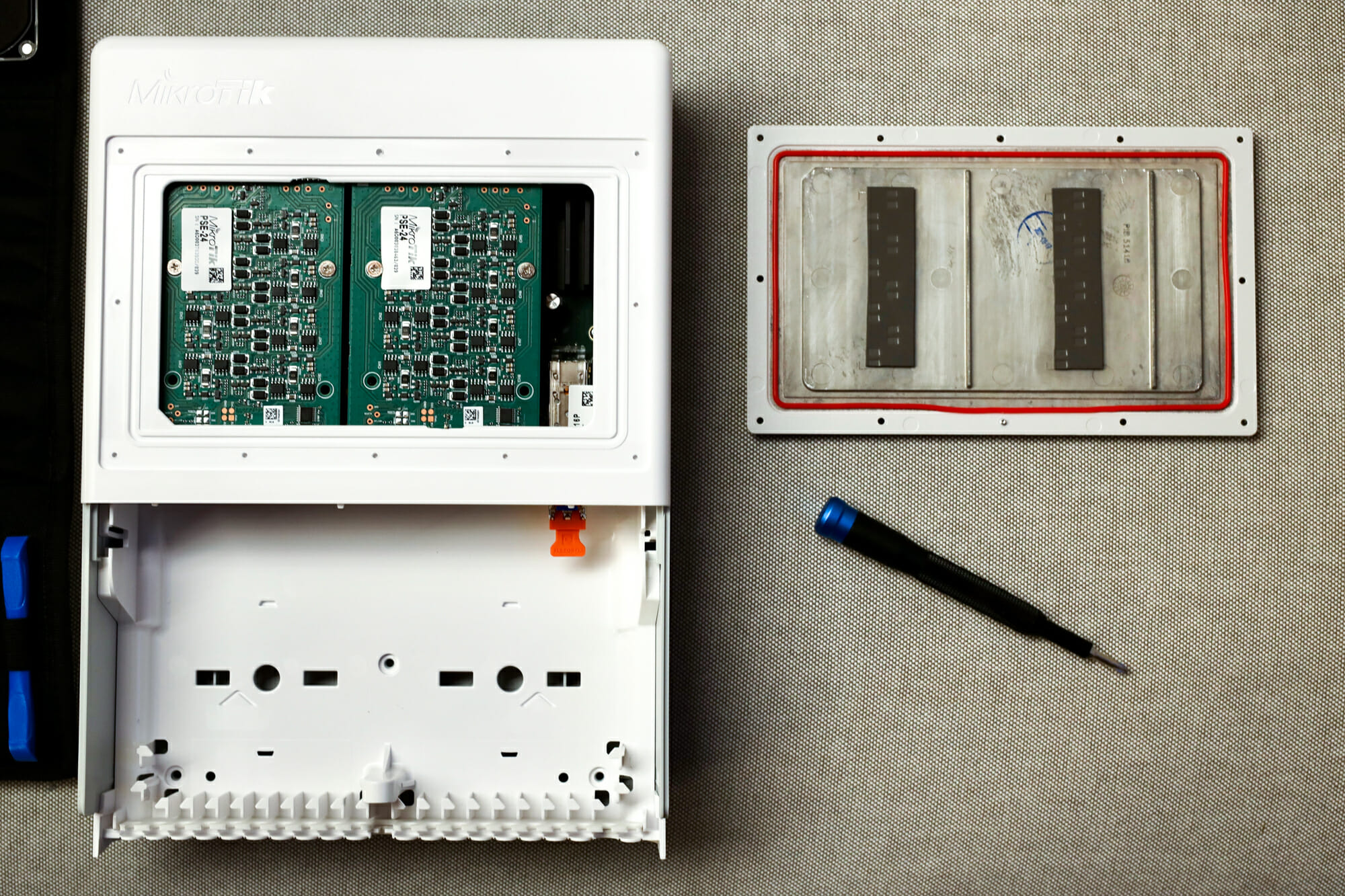


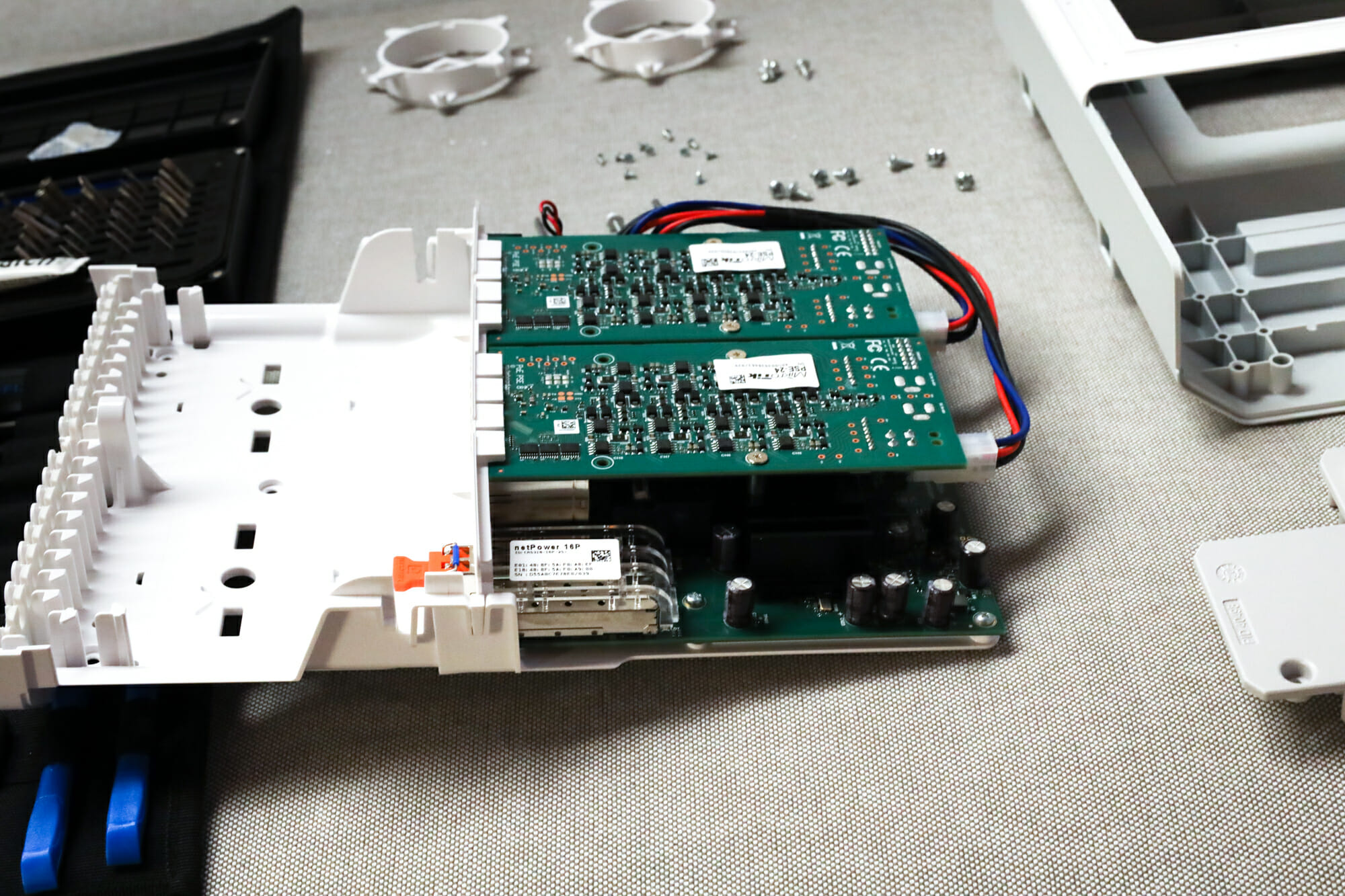
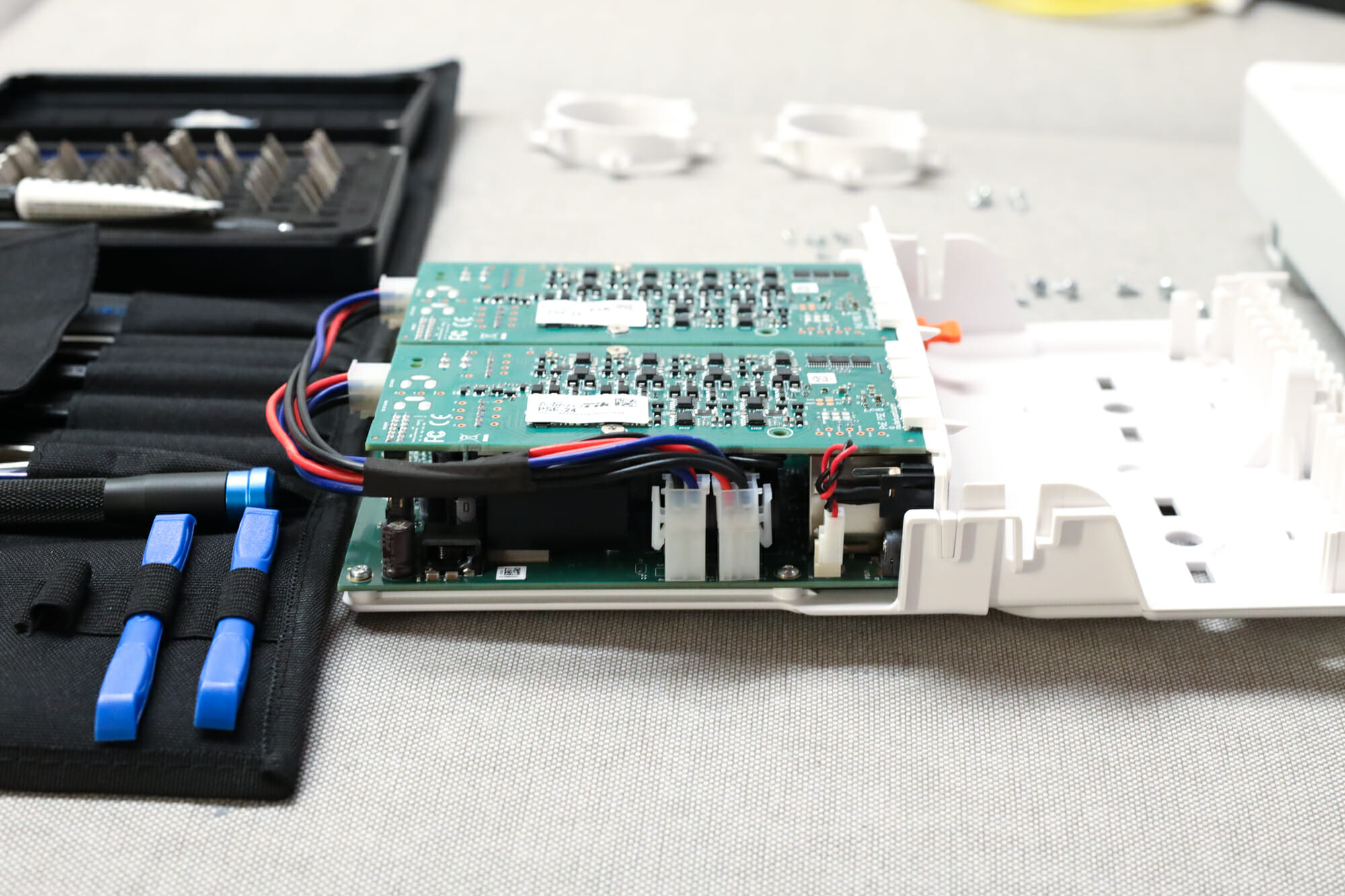
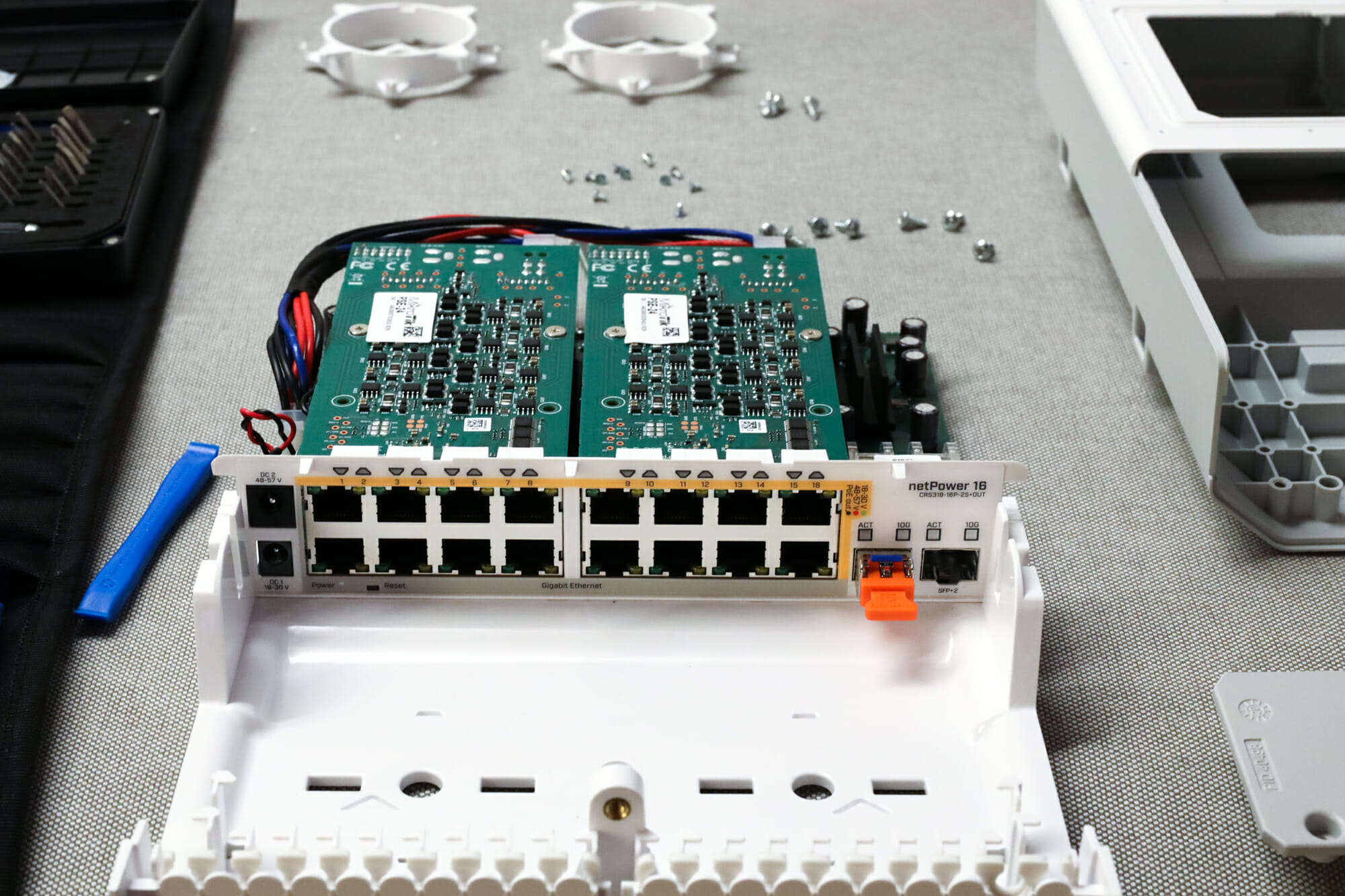
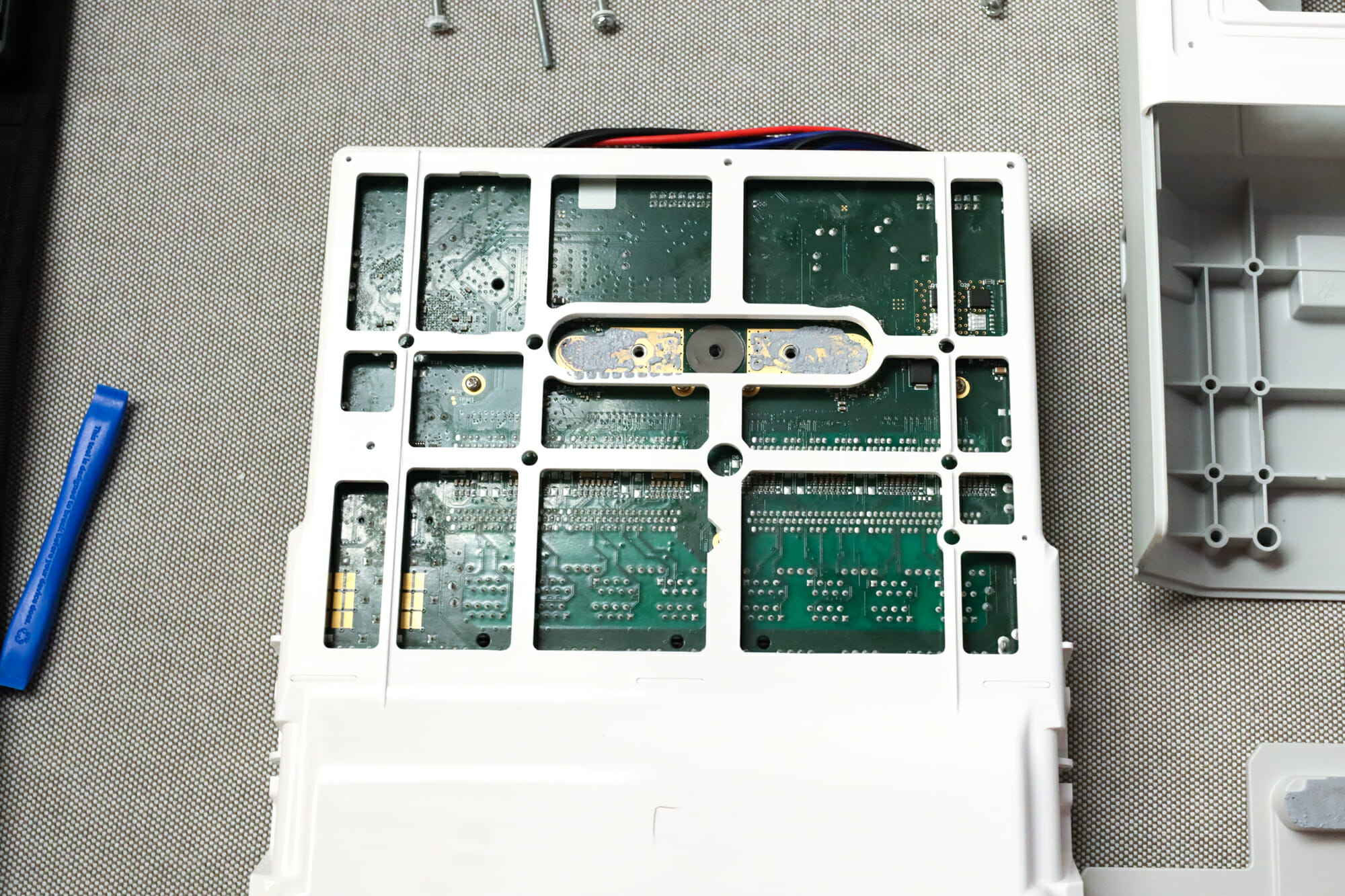
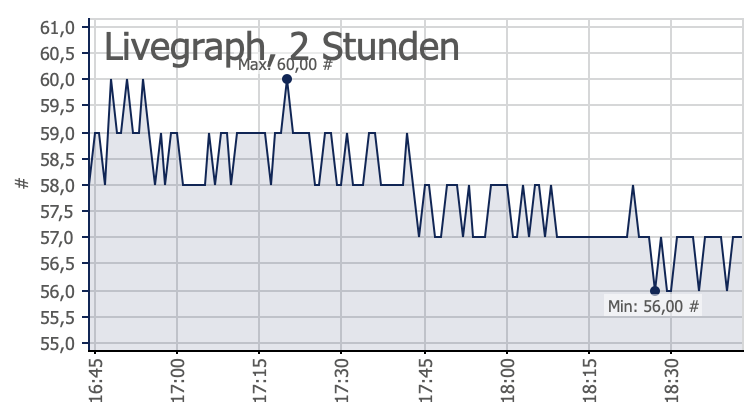
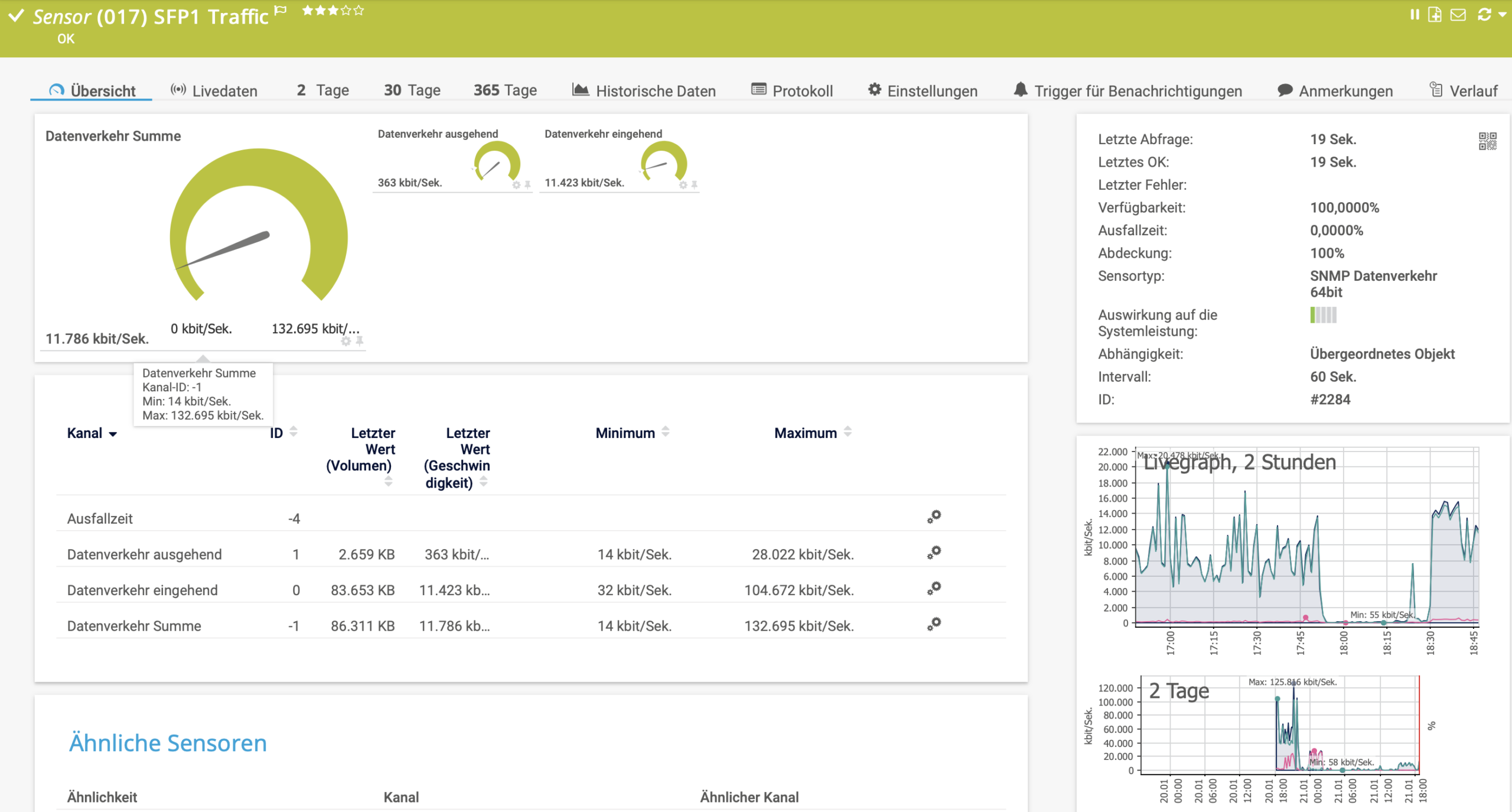
According to help
https://help.mikrotik.com/docs/display/UM/netPower+16P
When you connect 2 power supplies (24v and 48v) device will power device with choose which voltage should be used